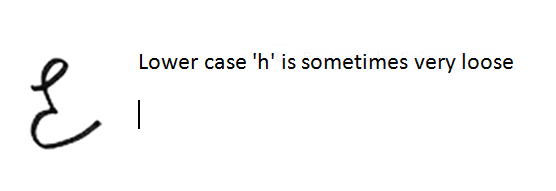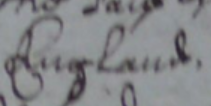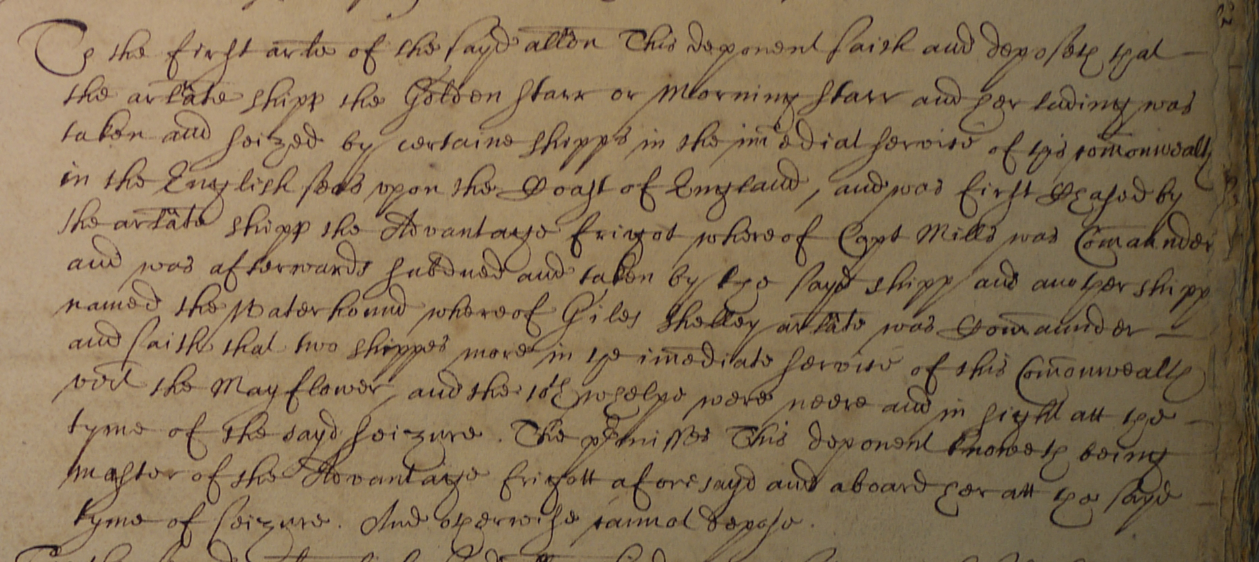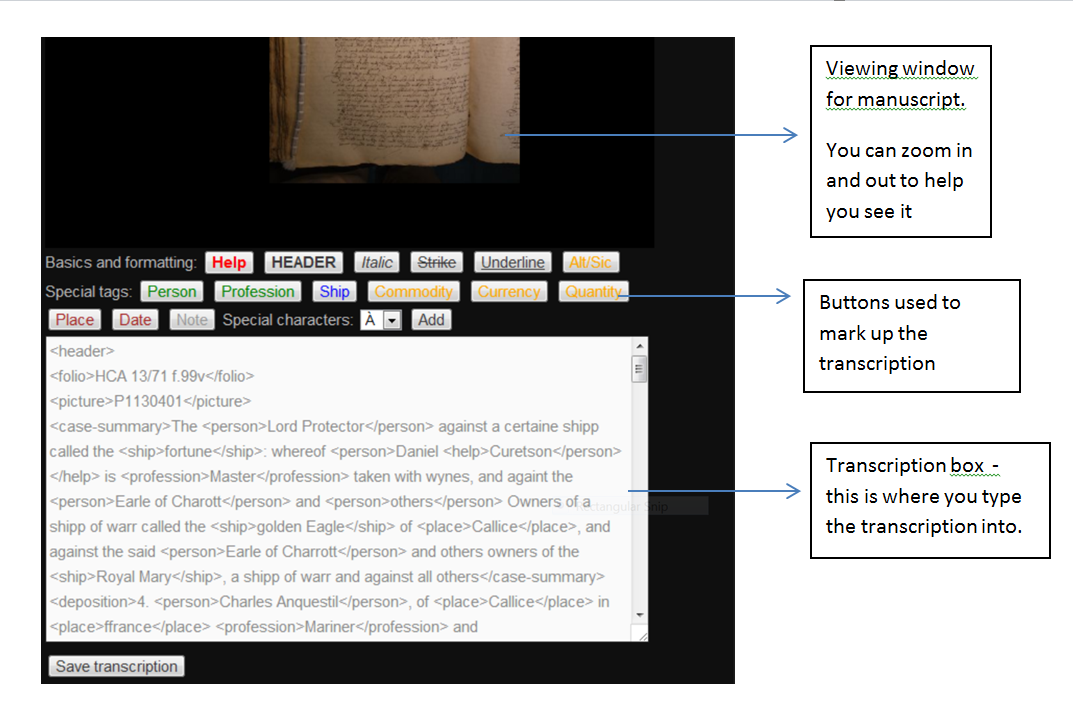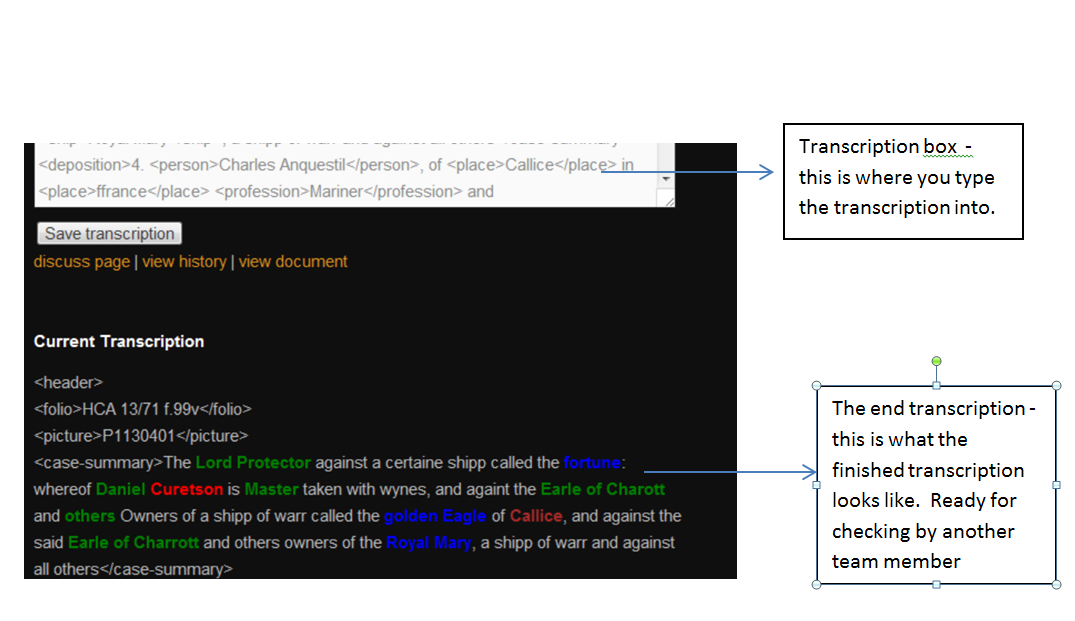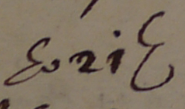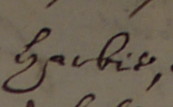Online Training Activities
Online Training Activities
Editorial history.
Created by JW 28/08/12
Contents
Introduction
This section is to help you develop the skills and knowledge to effectively transcribe the High Court Admiralty material (HCA). To enable you to do this you will need to have
* Some background knowledge of the HCA
* knowledge of Palaeography in the 17th century
* Knowledge of the terms and phrases used in the 17th century
When you have completed these tasks you will need to get used to using the Transcription and Editorial policy and Transcript, the program we will be using in the project. Whilst this may appear daunting at first glance, the ethos of the project is collaborative and therefore we hope that by sharing our problems and solutions we will all be more productive.
Colin has created a section on Introduction to the High Court of Admiralty and if you have not already looked at it, I would suggest you do that now. You do not need to have a go at transcribing the documents on there as some of them are quite difficult, but the notes will give you an idea of what the material we will be transcribing is about. If you have time to do a little more reading I would suggest reading [1]. If you have a lot of spare time Colin has provided many Useful articles and secondary materials for you to work through.
The documents that we will be transcribing are the statements from witnesses and as such many of them do tend to follow a pattern, with similar phrases appearing at the beginning and end of paragraphs. This should help to make our task easier when we get to grips with the writing. There are often references to a wide range of european cities and countries and some of the mariners names are dutch in origin.
Task 1 Getting Started
Getting Started
To get started go to look at Challenge 2 and Challenge 4. You might want to print them off. Rather than transcribing the whole document see what words you can pick out and how are they different to the way we would write them today. Look at how the letters are formed, when consonants are doubled, which letters that we would use today have been substituted by other letters? You may want to check your own ideas with the model transcription provided. Here is a summary of what you may have found together with a sample alphabet from the period Introduction to PalaeographyColin has also started to compile an alphabet using the documents from the HCA here is a link to it Alphabets, Numbers and Dates
Task 2 Abbreviations
Abbreviations
In addition to the spelling and the way letters are formed you will also find that some words are abbreviated here are some examples
Allon – abbreviation for allegation Arle – abbreviation of article Arlate - "onely one of the fowre English ships arlate" (HCA 13/19) Depo:t - abbreviation for deponent (the person who is making the legal statement, or deposition, in the High Court of Admiralty) psons - persons, par & per are often abbreviated to p (e.g. pishes instead of parishes; psuade instead of persuaded)
When transcribing abbreviated words we want you to put the letters that have been missed out in brackets e.g. p[er]sons.
Here is an example of a text with an abbreviation can you transcribe it? What is the word that has been abbreviated? Very clear cursive hand. When you have transcribed it check your answer with the model answer provided. You can post your attempts here Attempts page
Task 2b)
Here is another example of an extract with an abbreviated word transcribe it and then check your answer against the model transcription. You can post your attempts here Attempts page
Model Transcription for extract of p1110094
You will find more examples of abbreviations in the dictionary provided abbreviations
Task 3 Tricky letters and uses
Tricky letters and uses
As you will have noticed many letters were formed differently here are some examples of some of the more difficult ones to work out.
H or h
Example 3b
You will have noticed from the above example that C is also a tricky letter (in my view possibly the trickiest). Here are four examples of the letter C all formed differently.
Example 3c
R or r can also trip you up to start with.
Example 3d
The letters o, a and e can be difficult to distinguish, again here are some examples from the text.
Task 3e Transcribing a longer section
Transcribe the following section of manuscript This is a longer section that includes the above examples, you may also find that a colon is used to replace letters occasionally. The section includes the names of the following ships.
Golden Starr, Morning Starr, Advantage frigot, Water hound Mayflower.
The word commonwealth is also used.
You may need to look back at some of the previous sections to help you transcribe it. You can post your attempts here Attempts page
Here is the model answer "Section 1 model answer" - what mark out of 10 would you give yourself?
Task 4 Latin
There may be some latin phrases used in some documents. Here is an example of a paragraph with a latin phrase at the beginning and end of the paragraph, can you transcribe the paragraph? You can post your attempts here Attempts page Here are some other common latin phrases that you might come across
Extract with latin Check your transcription with the HCA 23/19 no fol no. Interrogatories Excerpt model answer.
Task 5 Money and measurements
The currency used is that of Pre decimalisation pounds, shillings and pence, money is often mentioned in connection with the wages of the sailors. An example is Challenge 3
There is a wide variety of measurements used in connection with cargo. This extract demonstrates how money might be displayed within a document and gives some measurements used Example of weights and measures. More examples are given in the Weights and measures dictionaries.
Task 6 using Transcript
In the documents that you are transcribing, there are, as there are in most handwritten documents words that have been added in, comments in margins as well as marks that we do not use in English today. To help accommodate these problems, we have come up with a transcription policy which we want you to follow. This is the policy MarineLives Transcription & Editorial Policy: Draft four. To help you do this the the program uses buttons for you to use when transcribing. Below are some screen shots of the software. For the first two weeks we would like you to focus on the transcribing and using the basic formatting buttons and special characters.
The Header button
When you start to transcribe the first thing you will do is press the header button, this will bring up a standard set of code that needs to be completed. Below is an example of the header format and a completed version. We will not expect you to complete the summary until after you have transcribed the page, the essential parts to complete are the folio or HCA reference, picture number, name and status. You are now ready to start transcribing. Don't forget that his is only a brief introduction and you will come across many unfamiliar words, using the terms and Dictionaries and each other will help us get it right. Before you go onto task 7 and transcribing a document, you might want to read through one which has already been transcribed, to help "get your eyes in to 17th century mode". (http://marinelives-transcript.org/scripto/scripto/?scripto_action=transcribe&scripto_doc_id=363&scripto_doc_page_id=407)
Task 7 A Final Test
Now have ago at transcribing one of the documents from this section of the website http://marinelives-transcript.org/scripto/2012/08/27/week-2-team-jill-monday-278. The person writing these pages forms letters in a distinctive way, so here are some notes to help you. There is also a transcription of another page written in the same hand it might help to read it first http://marinelives-transcript.org/scripto/scripto/?scripto_action=transcribe&scripto_doc_id=243&scripto_doc_page_id=262.
These pages involve a Clement Harbie and a ship called cesar traveling from Zant. Other people discussed are Thomas Oliver and William Ffowkes.
FQA
1. Should I correct the spellings in documents where it is spelt differently to the way would spell it today? No, do not correct spellings transcribe the words as they are spelt in the manuscript, even if that is different within the same document e.g. said may be spelt sayd or said.
2. What should I do about punctuation? They did not punctuate documents in the way we do today, so do not add in full stops or commas if you think they are missing. But do transcribe any dots or dashes as they appear in the manuscript.
